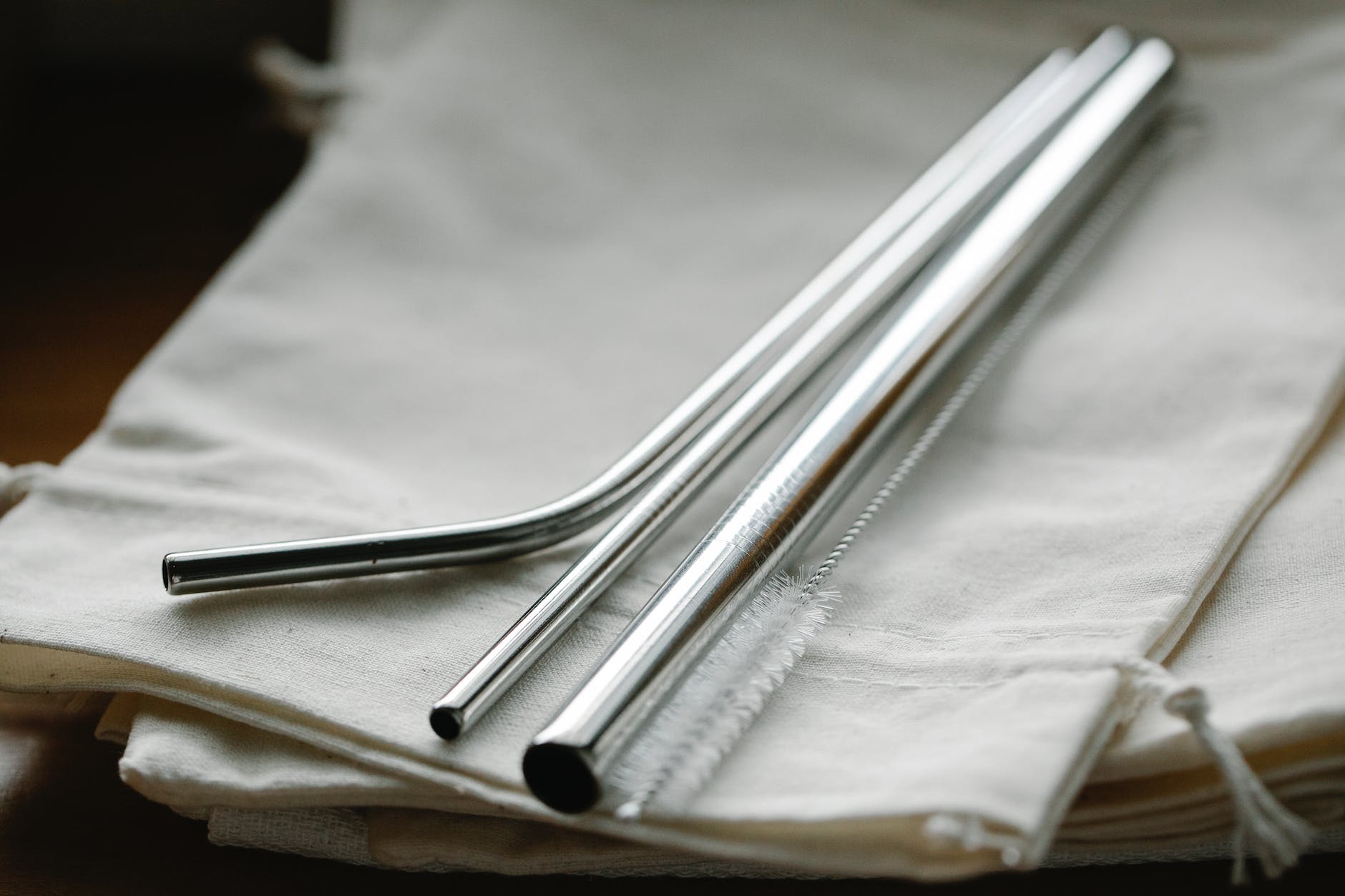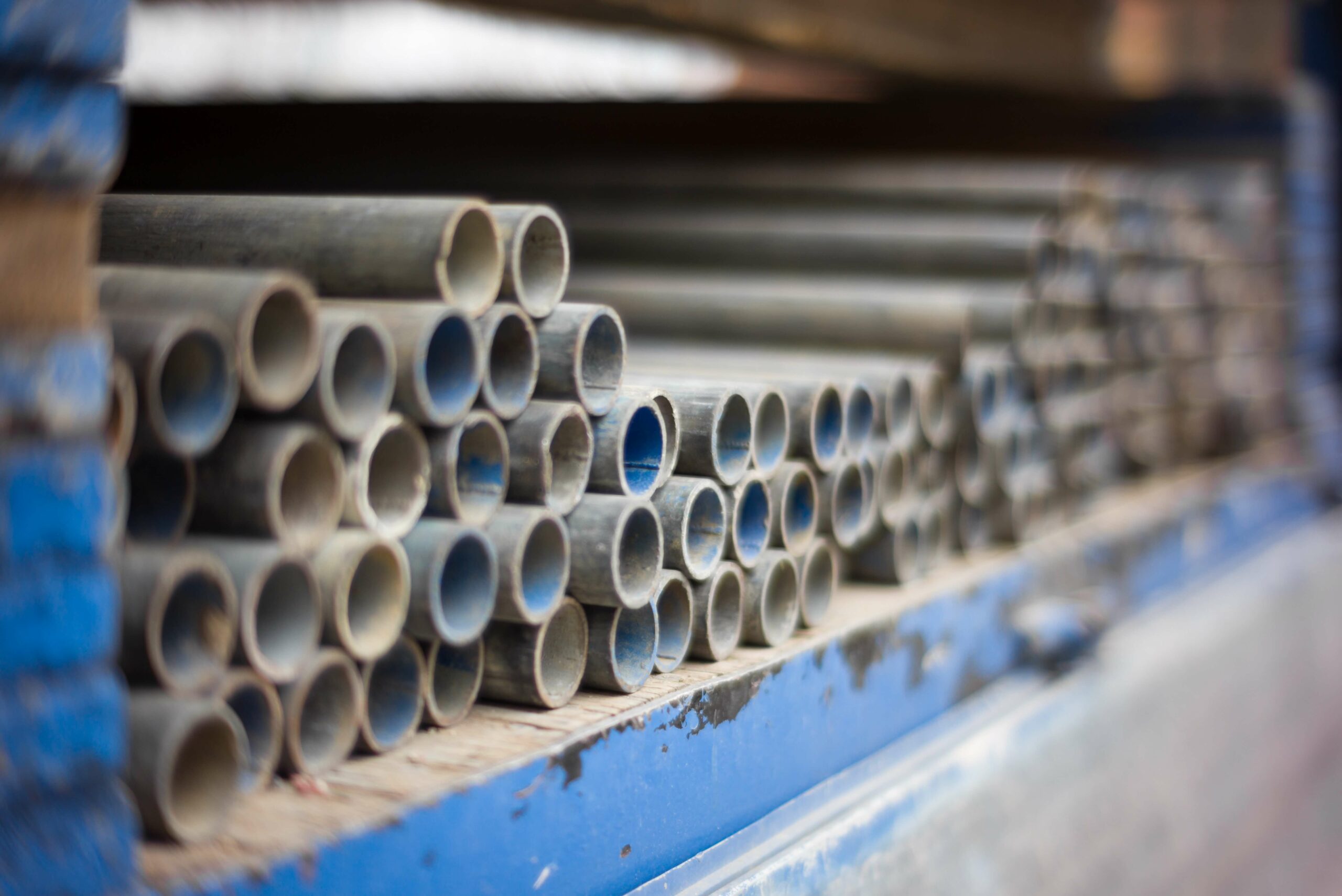
Bend Stainless Steel Tube
There are various tube bending machines available today, one of them being the stainless steel tube bender. Other examples are such as; rotary draw benders, roll benders and press benders. All these function through various different mechanisms.
Stainless steel tube benders are used to curve tubes of different materials by applying some amount of pressure on it to get a particular design and angle.
Factors to Consider While Purchasing a Tube Bender
The metal industry requires you to always make the right choice when it comes to purchasing any equipment. Therefore, before you decide on which tube bender suits your needs, it is best that you weigh all your options. The following are some of the factors that you should consider when buying a tube bender:
1. Identify all the Types of Tube Benders there are
Tube benders are categorized based on the mechanisms they use during operation. The following are some of the main tube benders that are available to you.
Open Rotary Draw Benders
These tube benders use a mechanism that draws a curvature into the material that you are bending. It utilizes very particular radii as measurements in order to bend the stainless steel.
Mandrel Benders
These tube benders use a couple of steel balls that are known as ball mandrel, hence the name mandrel benders. The tube is supported by a radius that is curved to a certain angle and then the ball mandrels are passed through it. This machine however, is most suitable for when you are mass tube bending.
Roll Benders
These tube benders contain a pyramid-like structure and three rollers. The three rollers are positioned in such a way that they form a triangular shape. In this case, the stainless steel tube is placed on top of the rollers so as to bend them towards a particular angle and in the required diameter.
Ram-Style Benders
These tube benders use a mechanism such that a die is pushed inside the tube using ram. This ram uses hydraulic, manual and pneumatic force depending on what is required.
Others
There are other types of benders that are named after their power sources.they are such as; hydraulic tube benders, manual benders, pneumatic benders and CNC electromechanical benders among others.
2. Consider Your Operational Requirements
The tube bender of your choice must suit your operational requirements. The following are some of the aspects you need to keep in mind when analyzing your requirements:
The speed required for proper operations
A manual bender is not recommended for high-speed tube bending. For such operations, you should consider going with the pneumatic benders and electric actuators. Hydraulic benders on the other hand are suitable for heavy-duty bending and other high load tube bending operations.

Steel Pipe
Approximated Production Batch Size
You should consider the size that will be produced during and after operations before you purchase a tube bender. For batch tube bending, it is recommended that you use the Mandrel Bending or CNC bending. Either of the two will work just as fine so it is up to you to decide on one.
Cost of Operations
It is important to put into consideration the demand of your production while drafting your budget. The tube benders that are best suited for high demand production are the electric benders and CNC benders. If the costs of operation are low due to minimal production demand, then the appropriate machine would be the manual ones.
Material in use
The machine that you decide upon must be compatible with the materials that you are using or the metal that you are bending. So much goes into the material. It includes the diameter of the tube and its wall thickness. Therefore, the best suited tube bender should be purchased as per the material used.
3. Tools Required
Usually, tube benders are purchased together with the dies and other tube bender tools that are useful during the bending process. The accessories that you should look out for are such as; rolling machines, multi-functioning tube benders, pipes and tube bending tools.
4. Applications of the Tube Bender
Some of the questions on the application of the tube bender that must be considered are such as: What material is the tube being bent? What is the maximum size required? What is the minimum size required? What design do you want your product to have? How many dimensions are required of the bended tube? What wall thickness is required?
5. Product Volume Expected
The volume expected after bending is definitely dependent on the product and material that you are using. Here are some of the things to consider when volume is concerned: what number of parts need to be bent in an hour? How many hours will the machine be in operation for? How many times do the tools need to be changed?
In Conclusion
You are free to consult professionals and experts on the right tube bending machine that is required for various requirements. We hope that this information will be helpful to you when making that decision.






